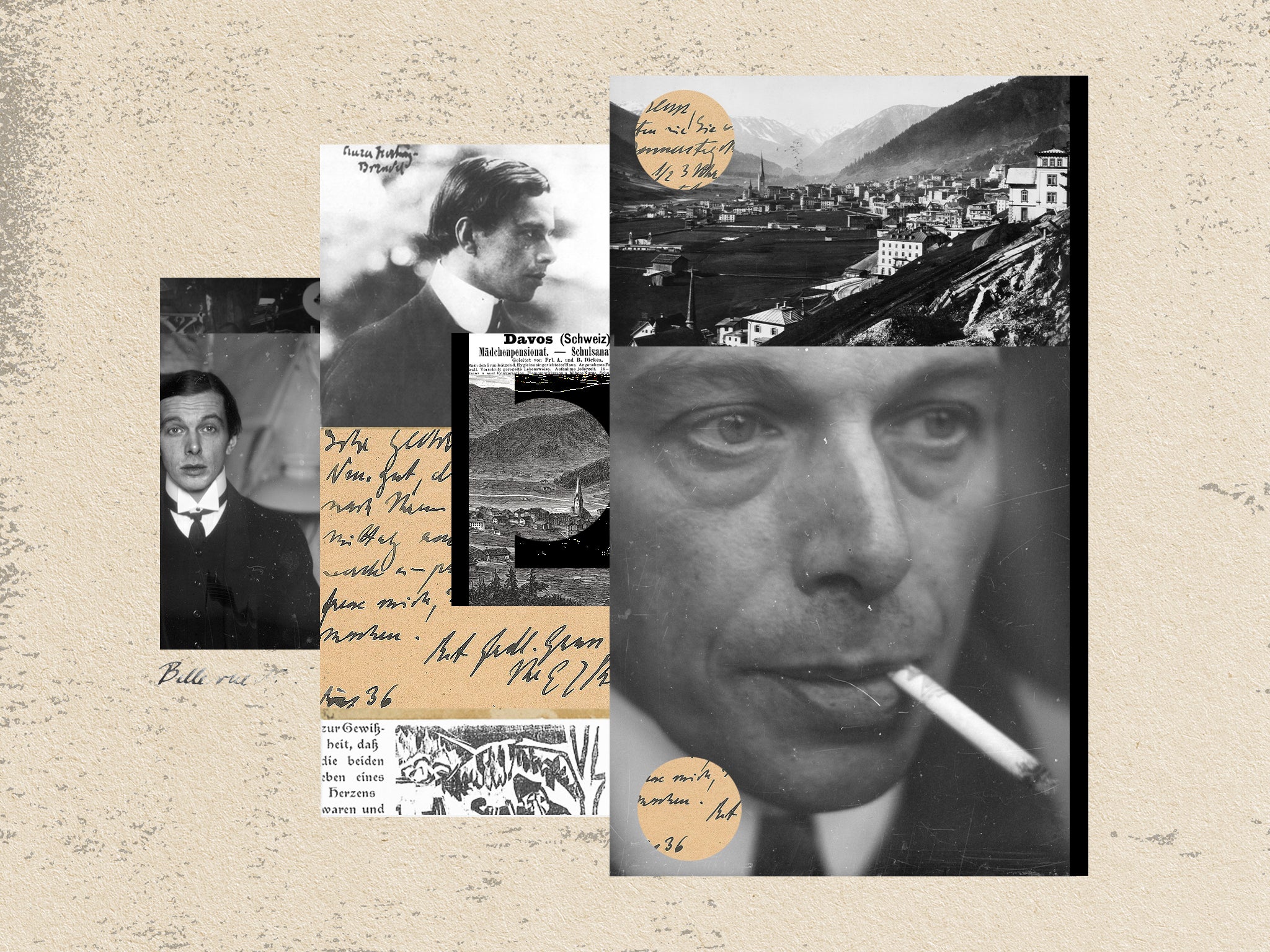How Davos became home to one of the most important artists of the 20th century
Better known for the World Economic Forum, Davos also held an important place in the heart of Ernst Ludwig Kirchner, the painter who helped pave the way for German Expressionism, writes William Cook

Here in Graubünden, in the most spectacular part of Switzerland, the inhabitants of Davos are bracing themselves for an invasion. This week, for the first time since Covid, hordes of business leaders and politicians will descend on this pristine Alpine resort for the World Economic Forum. But there’s another side to Davos, which is far more interesting than this geopolitical shindig. This isn’t just a rendezvous for jetsetting CEOs and politicos. It’s also the adopted home of one of the greatest artists of the 20th century.
Ernst Ludwig Kirchner was a pivotal figure in art history – the leader of Die Brücke, that groundbreaking group of artists who kickstarted German Expressionism during the heady years before the First World War. Die Brücke shaped the course of modern art and Kirchner was the most talented artist among them. His role in this influential movement is acknowledged by art historians, but most accounts of his career end in 1917, when he came to Davos. Kirchner spent half his adult life in Davos. He made more artworks here than anywhere. So why has the 20 years he spent here been reduced to a mere footnote in the history of western art?
For a long time, I assumed Kirchner had painted nothing in Davos during those 20 years, or at least nothing of any worth. It was an easy mistake to make. Art historians, like the rest of us, are suckers for a simple story: Kirchner’s edgy Berlin paintings anticipated the horror of the First World War, the creative chaos of the Weimar Republic and the tyranny of the Third Reich. That was the way the story of German Expressionism was always told, in Britain at any rate. It was a tale of doom and gloom. That the leading light of this movement went to Switzerland and painted exuberant mountain landscapes for 20 years didn’t fit this simplistic narrative. Far easier to skip that part, and pretend it never happened.
Subscribe to Independent Premium to bookmark this article
Want to bookmark your favourite articles and stories to read or reference later? Start your Independent Premium subscription today.
Join our commenting forum
Join thought-provoking conversations, follow other Independent readers and see their replies